Trigonometric functions are functions of an angle or an abstract quantity used in trigonometry. These functions include sine, cosine, tangent, cosecant, secant, and cotangent. Trigonometric functions have a wide variety of applications in different areas such as engineering, science, architecture, and construction.
In this article, we will look at some of the applications of the most important trigonometric functions.
ALGEBRA
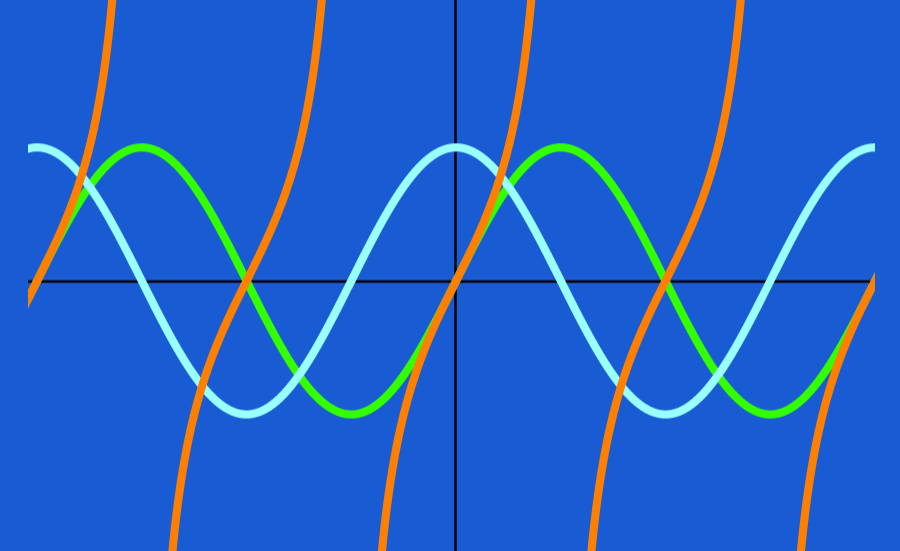
Relevant for…
Learning about various applications of trigonometric functions.
- Are there applications of trigonometric functions in everyday life?
- Applications of trigonometric functions in engineering
- Applications of trigonometric functions in architecture and construction
- Applications of trigonometric functions in science
- Applications of trigonometric functions in music, fine arts, and sculpture
- See also
ALGEBRA

Relevant for…
Learning about various applications of trigonometric functions.
Are there applications of trigonometric functions in everyday life?
Trigonometric functions have a wide variety of applications in everyday life. Although we do not find trigonometric functions directly in our day to day, these functions are used in many of the things we use every day, such as music.
We know that sound travels through waves and this pattern, although not as regular as a sine or cosine function, is very useful for computer music processing.
A computer obviously cannot hear and understand music in the same way that we do, so computers represent this mathematically by their constituent waves.
This means that sound engineers need an understanding of trigonometric functions. Thanks to trigonometry, we can listen to the music that we love so much every day.
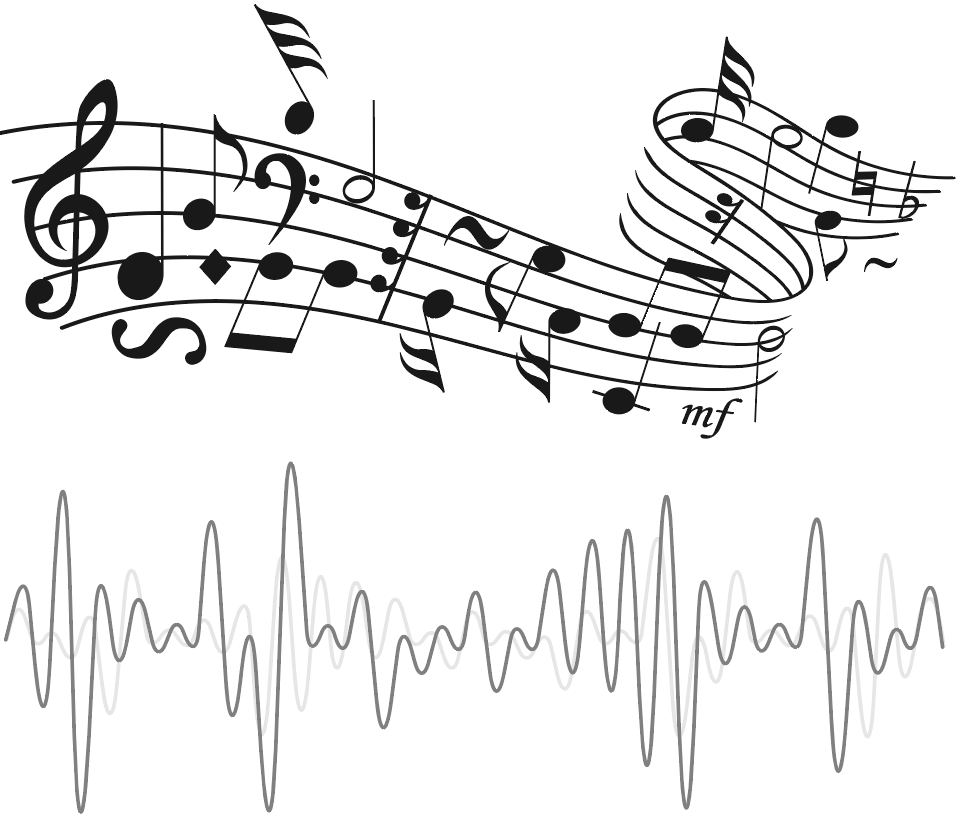
Applications of trigonometric functions in engineering
Aviation and Aeronautical Engineering
In aviation, engineers have to take into account their speed, distance, and the direction of both their own speed and wind speed. The wind plays a very important role in how and when a plane will land and when it is necessary, this is solved by using vectors to create a triangle and using trigonometric functions to solve.
For example, if the plane is traveling at 500 km/h at 45° north of east, and the wind is traveling from north to south at 30 km/h, the trigonometric functions can be used to solve and find the third side of the triangle, which will indicate the correct direction.
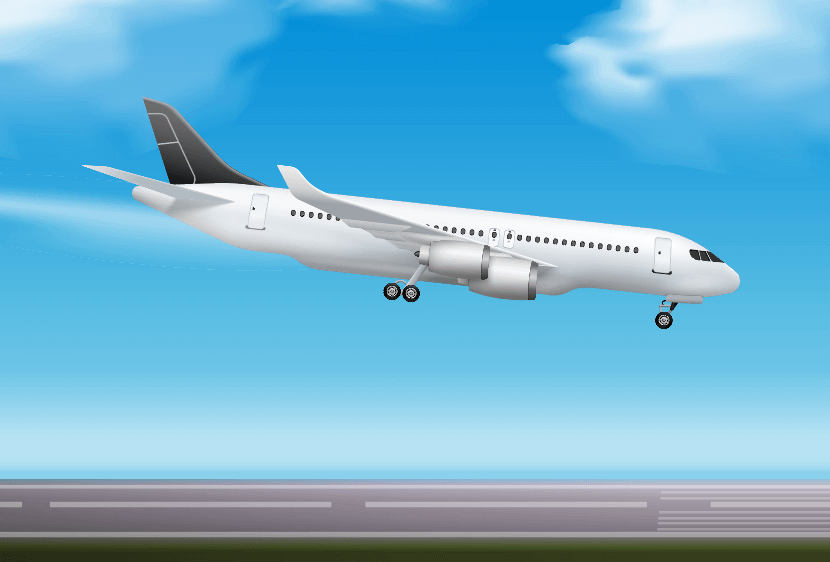
Naval Engineering
Trigonometric functions are used in naval engineering to build and navigate marine vessels. To be more precise, the trigonometric functions are used to design the marine ramp, which is an inclined surface connecting low-level and high-level areas. This ramp can be a slope or even steps depending on the application.
Civil Engineering
Civil engineers rely heavily on geometric measurements to ensure that the structural design is followed, such as the correct length, width, and height of the room, in order to provide the ideal structure for the building.
In addition, trigonometry is one of the major fundamentals in structural analysis through applications of engineering mechanics and strength of materials.
Mechanical Engineering
Trigonometry is one of the main fields of engineering and, although it is very broad, its applications are necessary for mechanical engineering, whether in automobiles, other vehicles, or machinery.
In the case of machines, each component must be placed in the proper position according to its purpose, so that the whole machine unit functions as a whole.
Space Engineering
As in aviation and navigation, trigonometry is of utmost importance when it comes to determining the course and direction of spacecraft.
This is especially important when calculating the probability of a spacecraft overflying, orbiting, or landing on a celestial body. We know that most celestial bodies have a constant motion, either as moving objects or in a stellar or galactic system.
The application of trigonometry ensures that space vehicles, such as probes destined for visitation missions, reach their destination celestial object.
Video game engineering
You may have played Mario. When he jumps, he doesn’t actually jump in a straight line on the y-axis but instead jumps in a parabolic curve. Trigonometric functions help Mario jump over obstacles.
Applications of trigonometric functions in architecture and construction
Trigonometric functions are widely used in architecture and construction. Architects use trigonometry to calculate different aspects of buildings such as roof slopes, light angles, structural loads, and surfaces, among others.
In construction, trigonometric functions can be used to measure fields, lots, and areas. They can also be used to build parallel walls and perpendicular structures. Precise ceramic installation also uses these functions.
There are many other things where trigonometry becomes essential, especially when measuring angles and calculating distances.
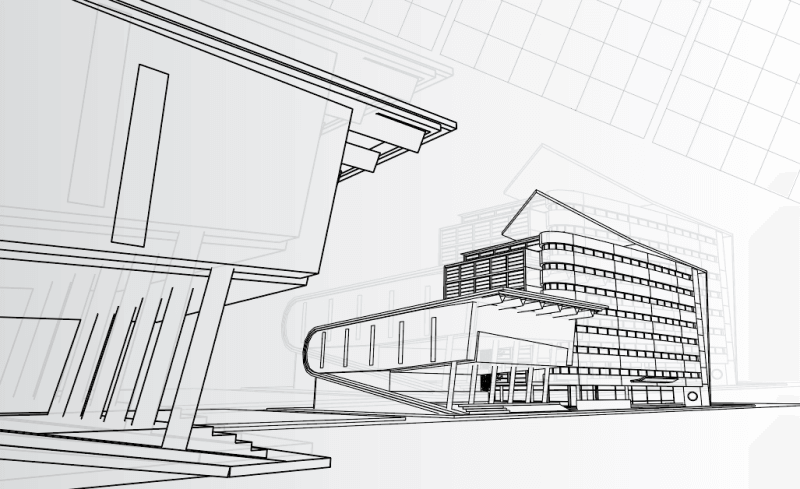
Applications of trigonometric functions in science
Physics and electricity
In physics, trigonometric functions are used to find the components of vectors, directional motions such as projectile motion, angular motion, equilibrium, and the model of the mechanics of physical and electromagnetic waves and oscillations.
The sum of the field strength, the dot and cross products, and even the parabolic motion are based on trigonometric functions.
Also in electricity, which is a branch of physics, trigonometric applications are used to solve behaviors and movements related to electric charges.
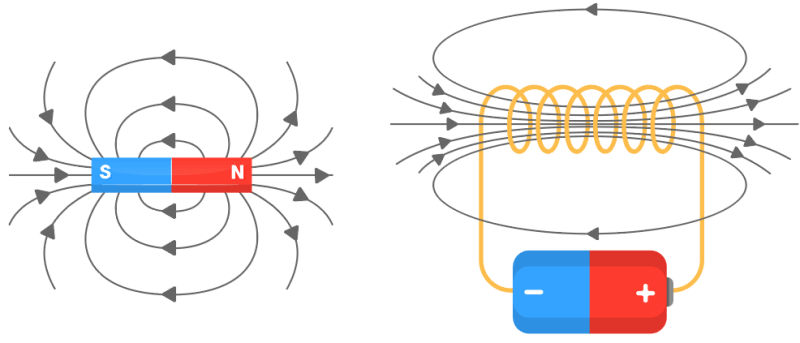
Archeology
Trigonometry is used to properly divide excavation sites into equal work areas. Trigonometric functions can be useful in excavations. In addition, they can also be used to measure the distance of underground water systems.
Criminology
In criminology, trigonometric functions can be used to calculate parabolic trajectories or other types of motion. For example, you can estimate what caused a car to crash or the angle at which a bullet was fired.
Marine Biology
Marine biologists use trigonometric functions frequently. For example, it is possible to estimate how light levels at different depths affect the algae’s ability to photosynthesize.
Marine biologists may also use mathematical models to measure and understand marine animals’ behavior. For example, it is possible to determine the size of animals from a distance.
Geology, Geography and Volcanology
Navigation applications carried out by various fields of engineering would not be possible without geographic measurements, especially in distances.
In addition to this, the study of the geological features of the earth also needs trigonometric applications when it comes to both its external and internal structure as well as its behavior. This is especially true when calculating the geometric measurements of bodies of land, water, air, and accurately predicting volcanic and plate tectonic activities.
Astronomy
In addition to the movement of space vehicles, astronomers mainly study the behavior and characteristics of celestial bodies, such as stars, planets, and other celestial objects. These celestial objects are in constant motion around their host galaxy and their star systems.
Trigonometric applications are very important in determining the probabilities of these celestial objects colliding with another celestial object, especially when they affect the Earth and other significant bodies in the solar system in order to protect our home planet.
Advanced math
Trigonometry, along with algebra, are one of the basic foundations of higher mathematics, like calculus, which is a very important branch of mathematics for many fields.
Calculus, especially in the application of minima and maxima and area by curves, relies heavily on trigonometric applications such as the Pythagorean theorem and soh-cah-toa.
Applications of trigonometric functions in music, fine arts, and sculpture
Music
In music theory and production, trigonometry is extremely important. Sound waves follow a recurring wave pattern that can be represented visually using sine and cosine functions.
A sine curve can be used to simulate a single note, while a chord can be described using many sine curves combined.
Fine arts
Fine artists, while optionally using drawing tools such as rulers, also apply trigonometric applications, even without standard calculations.
Every time they paint the environment, or a certain angle of a person, they may not calculate it mathematically, but they are already applying trigonometric applications, especially when they get precise ratios of the angles of the object they would like to paint and draw straight lines. .
Sculpture
Most sculptors and carvers use measuring tools, such as the pointing machine, that apply trigonometric functions. Although many rely on purely craft techniques, having the talent to accurately represent precise angles requires trigonometric skills.
See also
Interested in learning more about applications of functions? Take a look at these pages:



